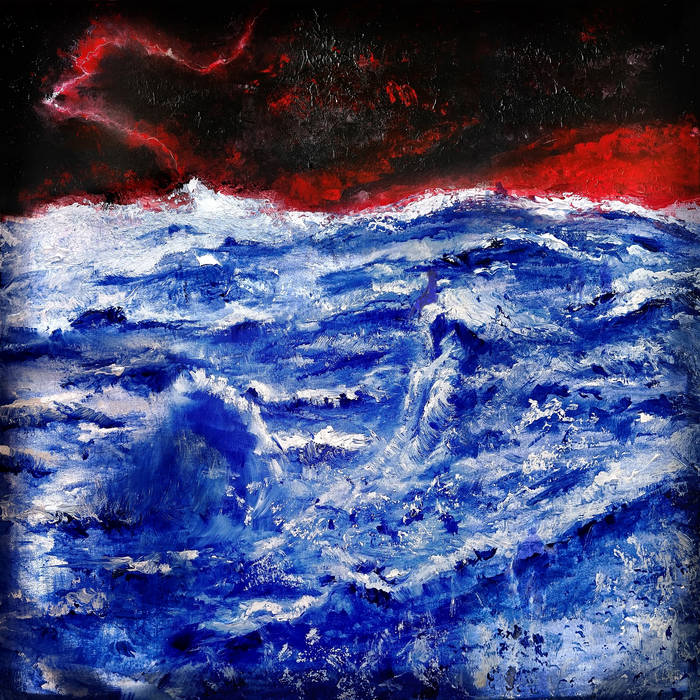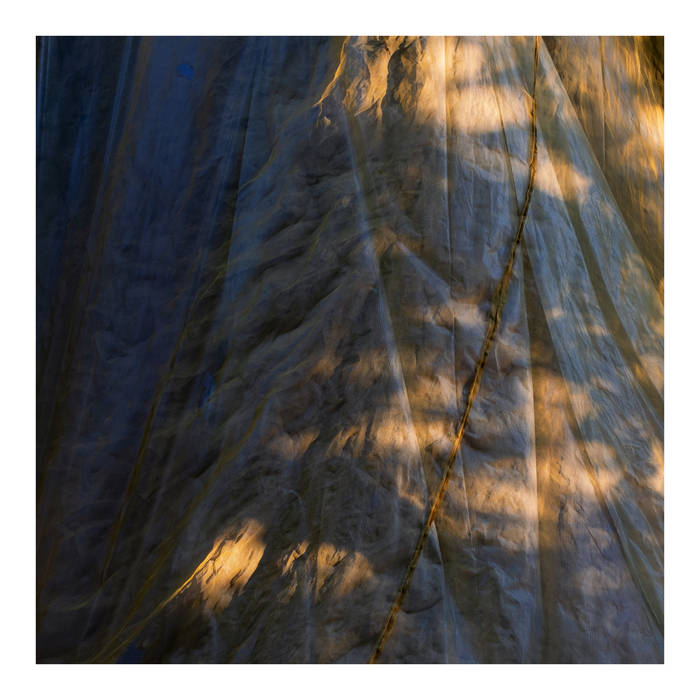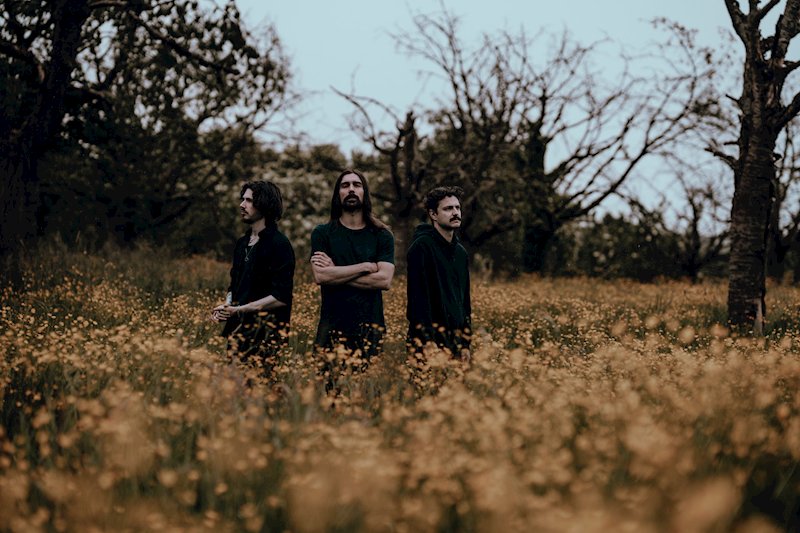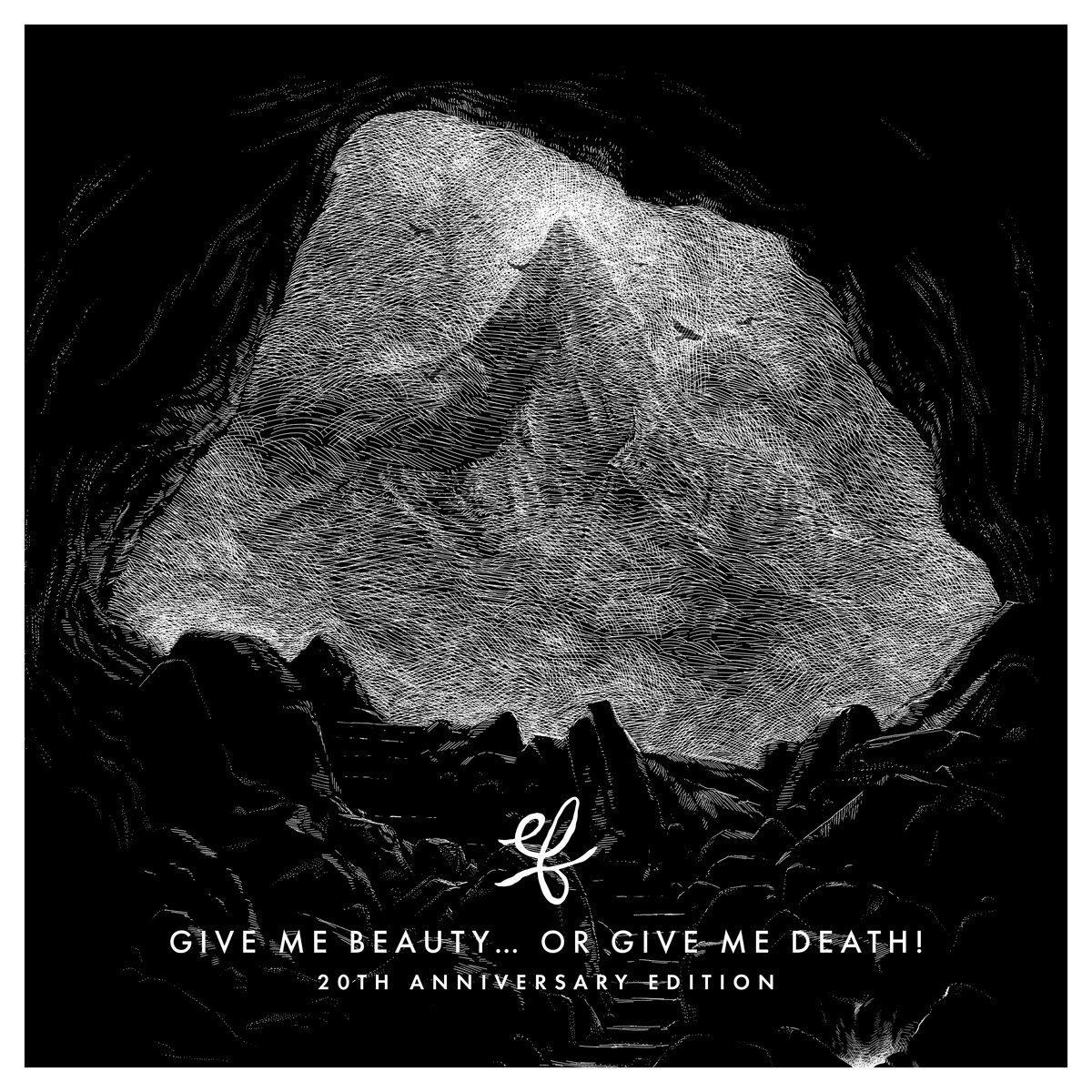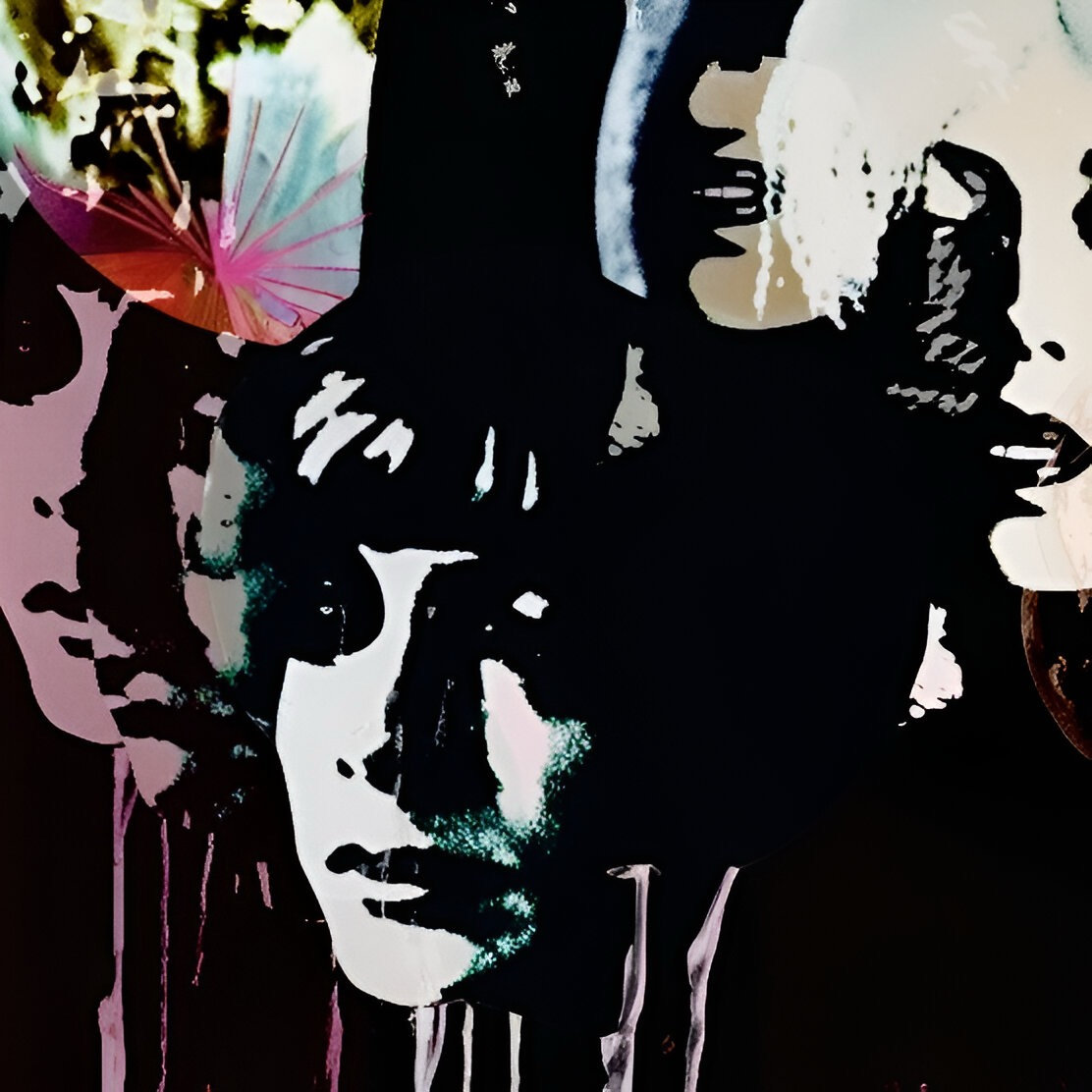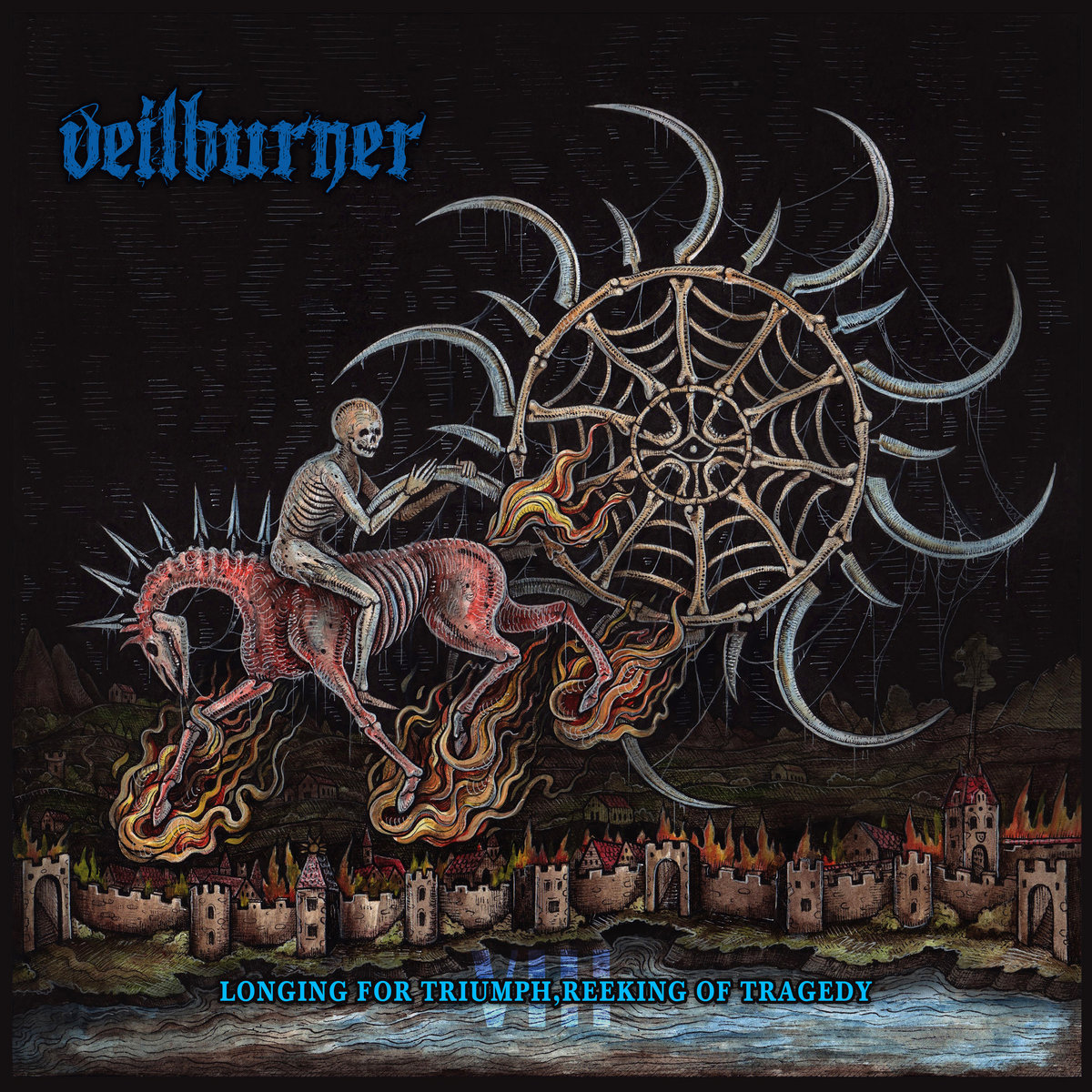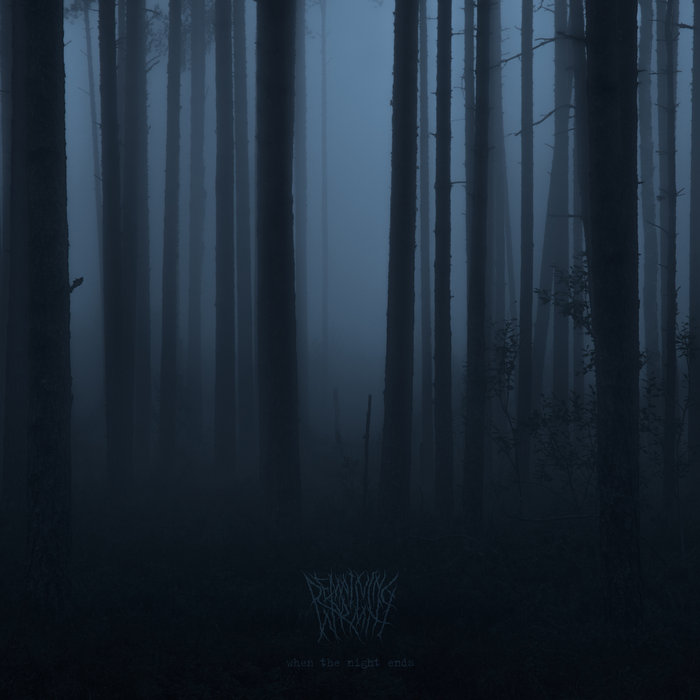The visionary musicians behind the Post Metal band Cultro are out with a new album. It lasts around 32 minutes and could be called an EP. But because of the elaborate structures and textures, the vast soundscapes and the mere plethora of musical ideas behind the release it feels like being immersed in the music for an hour or more, even with repeated listens. Let´s call it an album!
Once more Cultro uses ritualistic and ambient influences to go beyond Post Metal, applying elements from medieval instruments and folk music to conjure myths and legends from 2,000 years ago, this time focusing on the cult of Nerthus. The myths were written down by the Roman historian Tacitus dating back to 98 AD and document an obscure divinity and its manifestation to the world, its sacred festivals, and the final ritual wash of the goddess icon in a secluded lake, in which everyone involved would see his life ended as a seal on the cult’s secrets.
The album lays out the myths in four parts as it beckons you into the thick mist of the legends, following her cart to the lake where you as her slave are to be drowned. The title song introduces the goddess, opening with amiable strumming on an acoustic guitar with no signs of what is to come. There is a subtle change into a foreboding somber strumming with a dark sound dragging below and then: a short breather awaiting the appearance and rush of the multi-layered heavy music. And when it comes it is like a relief - a wonderful cavernous veil of thundering vast sound. Knowing the band, it was expected, but there are so many nooks and crannies here that it takes many listens to discover the full impact of the music.
In this first song, the bass wriggles like a thick snake below the heavy riffs, the drums drive forward toward subtle changes and the rhythm section hits faster and harder. The music settles down and a disquiet bass rumbles while an expansive soundscape clears the way for the return of the strumming guitar. The vocals emerge becoming an instrument in itself sounding like a mix of Laibach´s Milan Fras and Leonard Cohen. The vocals balance the fine line between singing and spoken words, balancing between alluring and commanding, ”Is the future just the voice / Of a hundred soothsaying tongues?” The voice is supported by guitar, cymbals, extensive sound effects, and a distant female voice. There is even the sound of an accordion in one corner, conjuring the image of a feast. The song simmers down with bass and echoing clear guitar to support the last words in the song, sounding like it is made inside a vast cave waiting to manifest itself: ”Hear me at sundown, time’s not far away / Feel me at sunrise, time is not far away.”
”I’m the vessel / I’m the eleven / I’m ruination / I am heavens” the alluring melody continues with drawn out words accompanied by heavy riffs, drums and down-tuned bass on the second song, ”Manifestation”. A clean guitar swipes through the heavy sonics and lightens the sound before it rumbles back again even heavier than before creating a deep and expansive soundscape just broken up for a short while by sound effects from a clean guitar. The music tumbles into a turbulent section soon to be overtaken by distorted heavy riffs, cymbals, and hard-hitting drums. At the edge of the sound, a melodic guitar is riffing while the music paces on with a subtle lift creating a sense of melody before it echoes away.
”Chariot” comes with thunder and tribal drums and strumming guitars and alluring vocals: ”This mud / Is the balm of mine / Where I / Compel your hearts”. The worshipers gather around the chariot as the instruments come together and start the sonics, immersing in a whiff of a folk music tune. The sound drifts forwards with synths swirling and embracing as extensive sounds rush below and an organ flies by. The music quiets down with acoustic guitars while there is a dark stream of sound below, conjuring trepidation. That stream disappears leaving the acoustic guitars alone as thunder and rain rumble in the distance finally overtaking the guitars, ending the song, and readying the cultists to follow Nerthus into the final ritual wash of the goddess.
”Lavacrum” opens with heavy onslaughts of guitar with dissonant tones in between to follow the end of the ritual. The song changes into a short section that gives an Industrial Metal touch. The bottom falls out of the musical scope and we are in an enormous vast space with a pulsating low sound and a guitar with a musical theme giving the only sense of why we are there. It is quite relaxing and beautiful as we bathe the goddess, but dark, deep sounds are on the edges and surround us. A guitar begins to riff and soon the cavernous heavy soundscape is upon us with drums, guitar and bass hammering onward. Driving forward in fast pace - dragging us with them, a light melodic theme appears. Pause, and the rest of the melody and song are played by medieval instruments.
One thing is the visionary and expansive music, and the other thing are the myths and legends the band conjures. This is not only music, it is a history lesson that will inspire you to dig deeper into European lore. It is a rabbit hole that might keep you engaged for months to come as you stumble over the similarities of these myths. You will stumble upon the Norse god Njord, and that is just a start. Cultro not only inspires through the music but also inspires digging into the shadows of the past.


